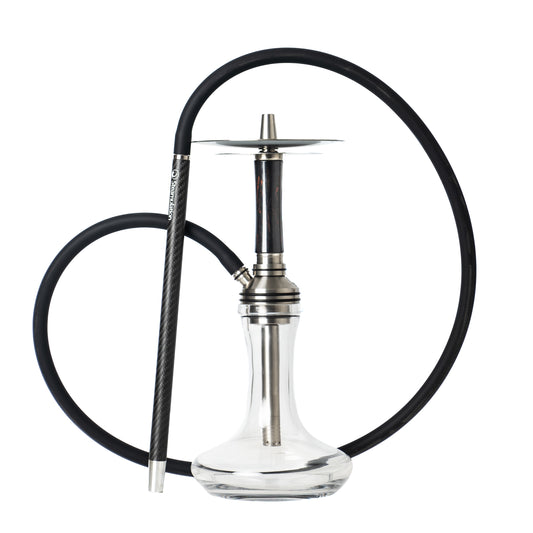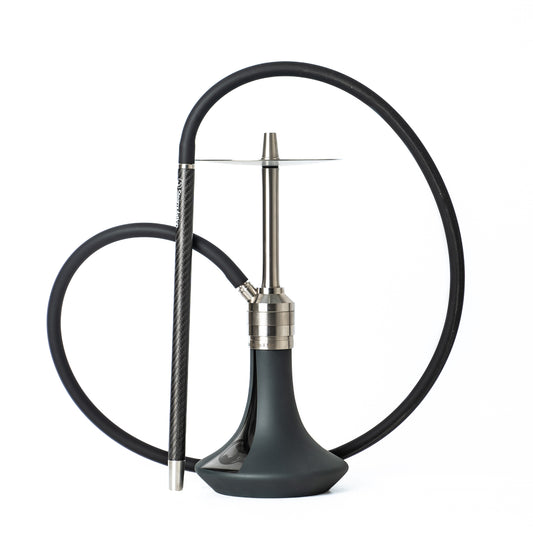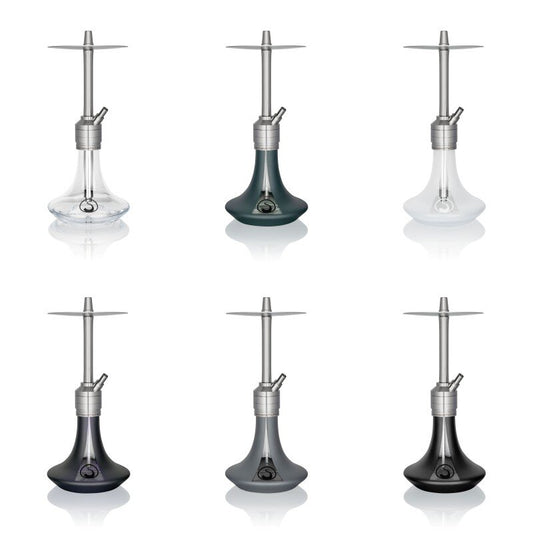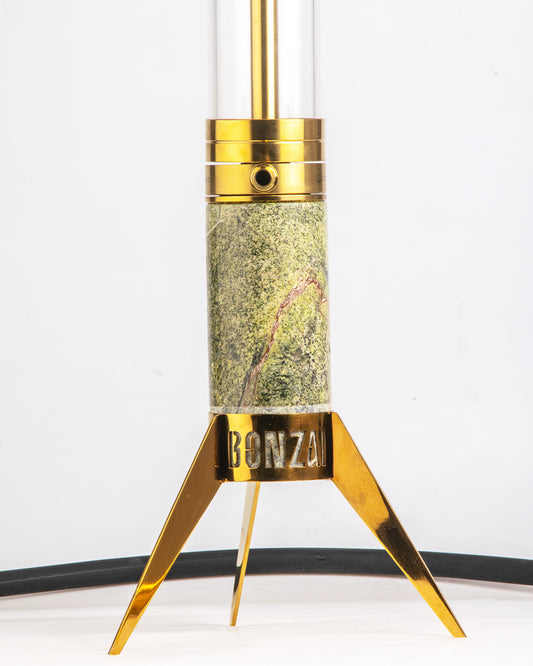Hookah Chronicles: A Global Journey of Culture, Perception, and Regulation
Share
Cultural Significance of Hookah Across the Globe
The hookah, also known as a water pipe, shisha, or narghile, has deep historical roots and holds different cultural significances in various regions of the world. This cultural attachment plays a pivotal role in influencing its perception and regulation.
The Middle East: Birthplace and Epicenter
Originating in India and spreading to Persia, the hookah became deeply entrenched in the Middle Eastern culture. Here, hookah smoking is not just a pastime; it's a deeply rooted social activity. Often, the strict tobacco regulations seen in Western countries do not apply to hookahs because of their cultural significance.
Western Countries: A Symbol of Exotic Leisure
In Europe and North America, the hookah is often viewed as an exotic way to relax and socialize. Many are introduced to it through travels or at hookah lounges. Its exotic allure often overshadows its health risks, leading to more lenient regulations compared to other tobacco products.
India: A Blend of Tradition and Modernity
As the birthplace of the hookah, India holds it as a traditional symbol, especially in rural areas. However, modern urban areas see a resurgence among youth, associating it with modern cafes and social gatherings. India's mixed perception of hookah often results in varied regulations depending on the region.
Africa: Social Significance and Community Bonding
In regions like North Africa, the hookah is integral to social gatherings. It is often smoked communally, symbolizing unity and camaraderie. This strong cultural significance has made the introduction of health-centric regulations challenging.
Conclusion
The cultural significance of the hookah across different regions shapes its perception, use, and subsequent regulations. Recognizing these cultural aspects is vital when discussing the health implications and creating policies surrounding its use.

















































